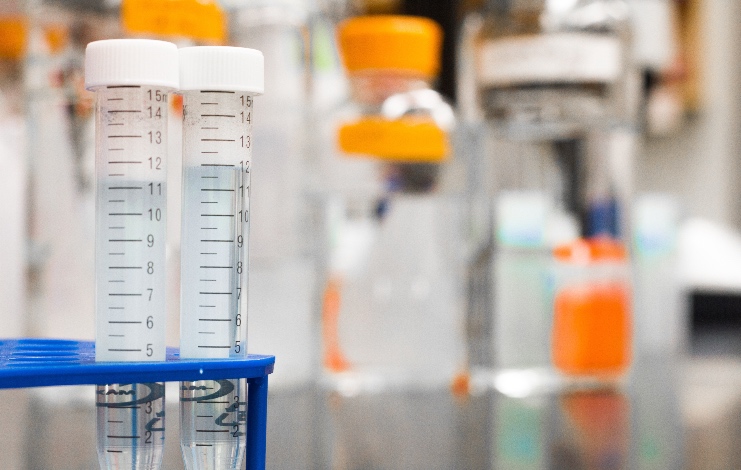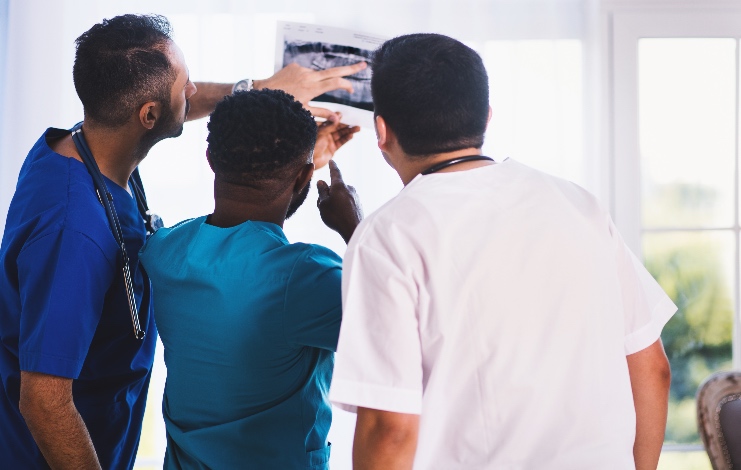The future of the healthcare industry is really exciting, researchers and manufacturers are working every day to bring the latest and greatest products and services that will revolutionize the way we think of medicine.
In the 1920s, we had the discovery of penicillin and in the 1970s, we had RCT. Going into 2020, there are so many more advancements just waiting to be launched, benefiting patients and medical professionals alike.
Here are some really interesting sectors of tech and healthcare, and what we can look forward to in the future.
Artificial Intelligence
According to Healthcare Weekly, artificial intelligence (AI) in healthcare is about making use of automation to complete certain tasks. As medical professionals enter data into a computer, the technology will be able to understand the data and suggest the most appropriate solution.
There is no limit to the number of potential applications of AI in healthcare – the number of applications used today barely scratches the surface of what’s possible later down the line.

One way it can be used will be for diagnosing patients with rare or serious diseases. They will be able to take out the human error aspect, improving the efficiency and accuracy of diagnosis, and allowing doctors to prescribe more effective treatment options.
AI can also be very beneficial in the drug discovery process. Current systems take far too long to find effective drugs, while AI can improve timelines dramatically, getting them into the hands of those that need them the most.
On-Demand Healthcare
This is all about convenience; as the healthcare industry emerges into the digital era, patients expect a more personalized service, such as in the form of mobile apps and telehealth.
According to Digital Authority Partners, more than 50% of all internet browsing is now done on a mobile device. With more than two-thirds of the world’s population having access to the internet, the number of mobile health possibilities is endless.
Most people want on-demand healthcare to research their doctors, compare different hospitals and medical facilities and to book appointments.
However, on-demand healthcare is powered by freelancers offering their services to patients, rather than being employed by a single company. Nomad Health is a place where one can find these freelancers and they make it simple for doctors and physicians to find work as well.
So, as medical professionals become more on-demand, providers must be able to meet the changing needs of their patients.
Medical Device Software
Medical devices have become integral to modern healthcare. In fact, as noted by Orthogonal, almost no diagnoses or treatments are possible without them and this will live on into the future too.
The World Health Organization (WHO) reports that there are around 1.5 million different medical devices on the market right now. These range from standard low-cost devices like thermometers to some of the most advanced pieces of tech made, like MRI machines.

As we become more reliant on digital systems, we can look forward to better medical device software to go alongside the physical product. In fact, this will only make the role of medical device software even more important than it already is. Software can have a range of abilities, from interacting with the human body to dispensing medication.
Medical software has been around for years. When they were first introduced, users could expect only to find limited capabilities like turning them off and on or reading the temperature.
Today, the software is a lot more complex and will continue to advance as strides are made in the industry. Medical devices can benefit from new wireless technology to communicate, such as through the use of Bluetooth to connect and exchange information with smartphones, tablets, and computers, as well as other medical devices.
In the future, with the introduction of technology like 5G, the speed of communication between different devices and applications will increase. In turn, this makes it important for the software to display accurate information to the end-user.
Blockchain Technology
Blockchain is not just reserved for cryptocurrency. In fact, it can be used to solve all sorts of problems that have caused havoc in the medical industry for years.
Blockchain creates decentralized record-keeping systems across several locations which can be shared with those that require access to certain information, from stakeholders and executives to doctors and nurses.
While traditional databases are stored on a single client-server, the blockchain keeps all data in an independent, transparent database. A report issued by Deloitte Consulting shows that, while we are still a while away from implementing the technology, it is certainly something to look forward to in the future:
“This will be most effective if a specific set of standardized data were to be stored directly on the blockchain for immediate, permission access, supplemented by off-chain data links when necessary, the Deloitte team states, identifying demographics (gender, date of birth, other data), medical history (immunizations, procedures), and services rendered (vital signs, services performed, and other data) as preliminary data that could be on a blockchain.”
Patient-Controlled Testing
The final subject to look forward to in the future of tech and healthcare comes in the form of patient-controlled testing.
Healthcare companies are always on the hunt for ways to improve patient care, engagement and overall satisfaction – and patient-controlled testing is the beginning of a new trend.
One example comes from GE Healthcare, the creators of a 3D mammography device named Senographe Pristina. They say their technology gives patients the ability to determine compression and positioning during mammography received satisfaction scores near 80%.

In their own words, “We partnered with radiologists, technologists and most importantly, patients, to create a mammography experience that is designed to deliver superior diagnostic accuracy for the detection of breast cancer during a mammogram.”
Both patients and their physicians can work together, using a handheld remote, to find the most comfortable position for them while the imaging is accurate. This particular device was also designed with other sensory features, such as soft armrests and sound and visual elements in order to help patients relax and decrease their levels of stress and anxiety.



